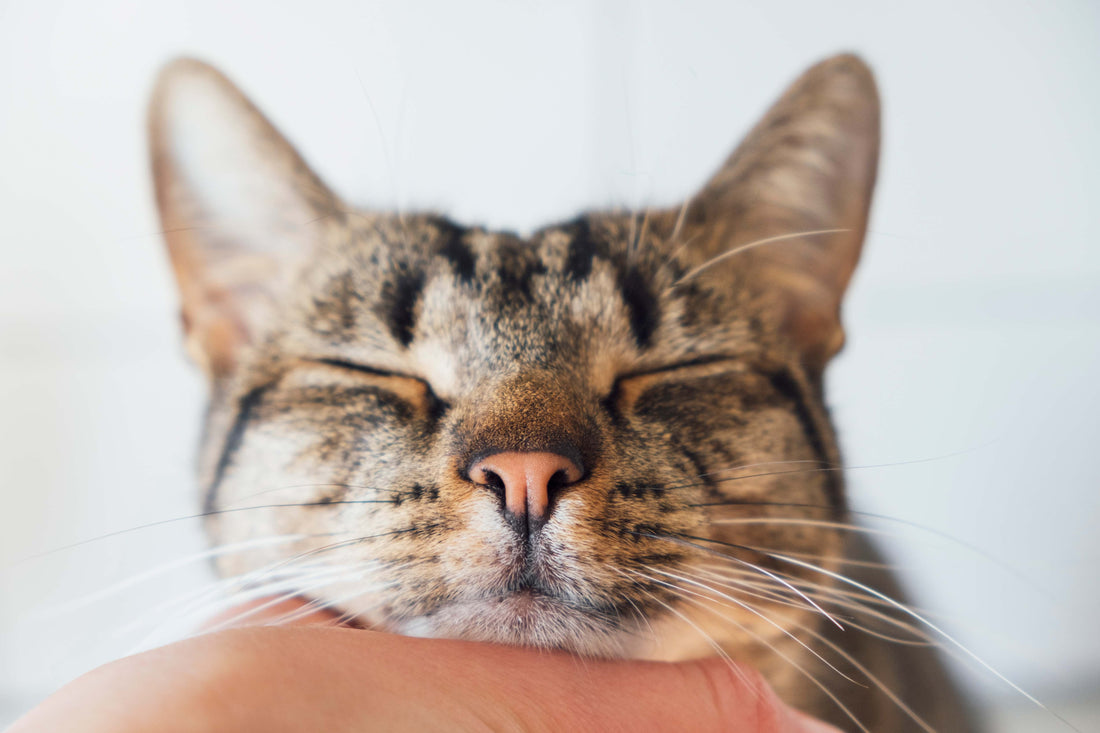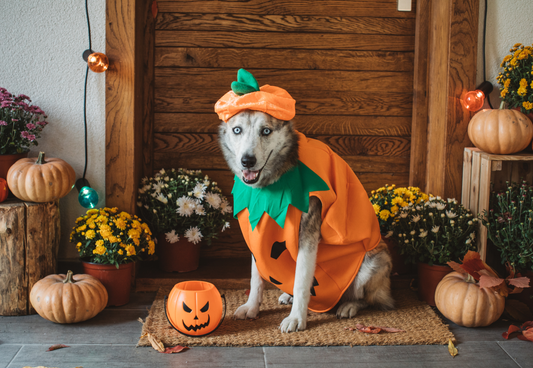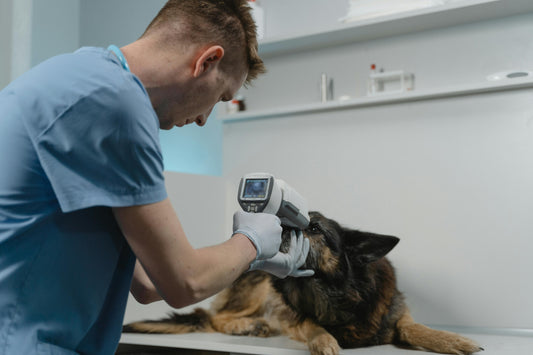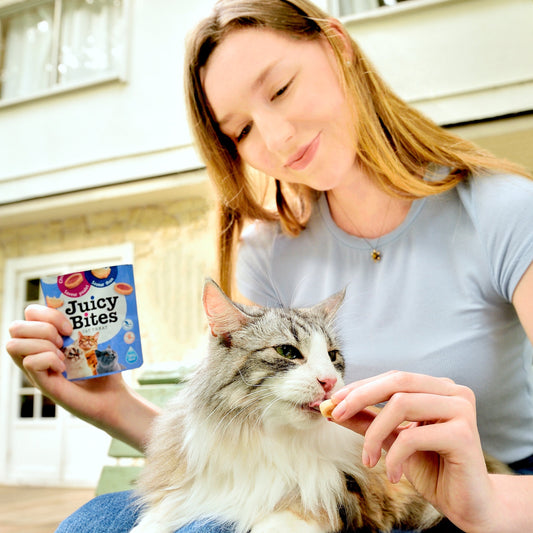Purring is one of the most endearing and recognizable sounds that cats make. It's often associated with feelings of happiness and contentment, but there’s more to this soothing sound than meets the ear. Understanding why cats purr and what it signifies can help strengthen the bond between you and your feline friend.
What is Purring?
Purring is a unique vocalisation produced by cats, characterised by a continuous, rhythmic sound. This sound is created by the rapid movement of muscles within the larynx (voice box) and diaphragm, which cause a vibration that resonates throughout the body.
Reasons Cats Purr
Contentment and Comfort
The most well-known reason cats purr is to express contentment. When a cat feels safe and comfortable, it will often purr to show its satisfaction. You might notice this behaviour when your cat is curled up on your lap, being petted, or resting in a cosy spot.
Communication
Cats also use purring as a form of communication. Mother cats purr to help guide their newborn kittens, who are born blind and deaf, to their milk source. In turn, kittens purr to signal that they are healthy and content. This form of communication can continue into adulthood, where cats purr to interact with their human companions and other animals.
Healing and Pain Relief
Interestingly, purring can also serve a therapeutic function. Studies have shown that the frequency of a cat's purr can promote healing and provide pain relief. The vibrations can help heal bones, reduce swelling, and ease breathing. This is why some cats purr when they are injured or unwell.
Stress Relief
Purring can be a self-soothing behaviour for cats. When faced with stressful situations, such as a visit to the vet or a new environment, cats may purr to calm themselves. This self-comforting mechanism helps reduce anxiety and maintain a sense of calm.
How to Encourage Your Cat to Purr
Create a Comfortable Environment
Ensure your home provides a safe and comfortable environment for your cat. Offer cosy resting spots, such as soft beds and warm blankets, where your cat can relax and feel secure.
Gentle Petting and Stroking
Many cats purr when they are being gently petted or stroked. Spend quality time with your cat, offering gentle and reassuring touches. Focus on areas where your cat enjoys being touched, such as the head, neck, and back.
Play and Interaction
Engage your cat in interactive play to keep them mentally and physically stimulated. Use toys that mimic prey, such as feather wands or laser pointers, to tap into their natural hunting instincts. Regular playtime can help reduce stress and encourage purring.
Understanding Different Types of Purrs
Happy Purr
A happy purr is soft, rhythmic, and usually accompanied by other signs of relaxation, such as kneading or a relaxed body posture. This purr indicates that your cat is content and enjoying the moment.
Solicitous Purr
Cats may use a solicitous purr when they are seeking attention or food. This purr is often louder and more insistent, designed to grab your attention. You might hear this type of purr when your cat is hungry or wants to be let outside.
Healing Purr
A healing purr can occur when a cat is in pain or distress. It might be quieter and more intermittent than a happy purr. If you notice this type of purr, along with other signs of illness or injury, it’s essential to consult your vet.
Stress-Relief Purr
This type of purr occurs when a cat is in a stressful situation. It’s a way for the cat to comfort itself and reduce anxiety. You might hear this purr during a vet visit or when your cat is exposed to loud noises or unfamiliar environments.
Common Misconceptions About Purring
Purring Equals Happiness
While purring often signifies happiness, it’s not always the case. Cats can purr for various reasons, including pain or stress. It’s important to observe your cat’s overall behavior and body language to understand the context of their purring.
Only Domestic Cats Purr
Contrary to popular belief, not only domestic cats purr. Several wild cat species, such as cheetahs and bobcats, also produce purring sounds. However, large cats like lions and tigers do not purr the same way and use other vocalizations to communicate.
When to Be Concerned About Purring
If your cat’s purring is accompanied by signs of distress, illness, or injury, it’s crucial to seek veterinary advice. Symptoms such as lethargy, loss of appetite, changes in behaviour, or physical discomfort should not be ignored. Your vet can help determine if the purring is a sign of an underlying health issue and provide appropriate treatment.
Creating a Purr-Fect Home for Your Cat
Understanding the different reasons cats purr can help you create a loving and supportive environment for your feline friend. By ensuring they feel safe, comfortable, and well-cared-for, you can encourage your cat to purr with contentment and joy.
Final Thoughts on Feline Purring
Purring is a beautiful and complex behaviour that reflects various aspects of a cat’s emotional and physical state. By paying attention to the nuances of your cat’s purr, you can gain deeper insights into their needs and wellbeing. At Healthy Pet Co., we are dedicated to helping you provide the best care for your pets with our expert advice and high-quality products. Together, we can ensure your cat leads a happy, healthy life filled with the comforting sound of purring.




